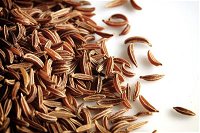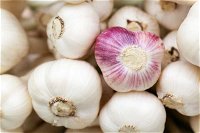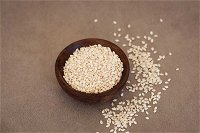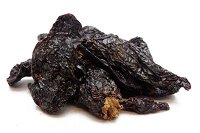
Chef's Ingredients - More Spices Quiz
Spices bring--what else?--spice to our lives. Sometimes they look a little different before they've been ground up into various powders. Match the photo to the correct spice. (Click the photos to get a closer look!)
by trident.
Estimated time: 3 mins.











